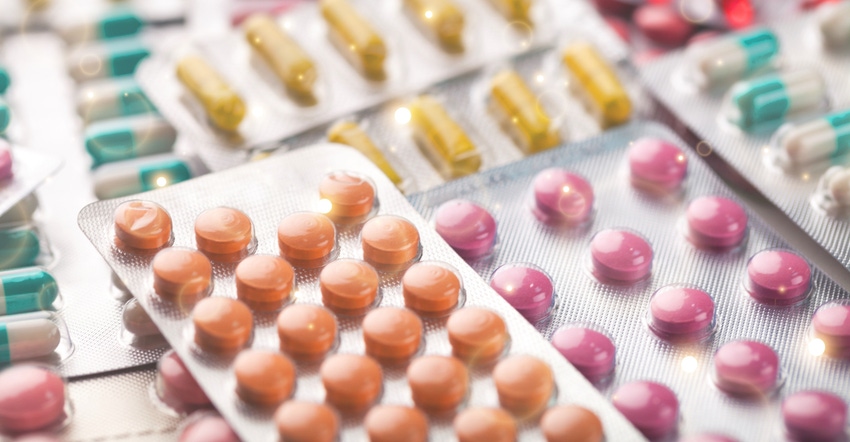Are Pharmaceutical Packagers Using USP’s New MVTR Test?
This short survey will show if packaging professionals in technical, quality, and development positions are aware of and using the new, alternate test method for finding the moisture vapor transmission rate of pharmaceutical blisters.

Late in 2020, the United States Pharmacopeia (USP) added a new test method for determining the moisture vapor transmission rate (MVTR) of single-unit and unit-dose container closure systems, such as blisters, to General Chapter <671> Containers-Performance Testing. This method uses water-filled blister packs instead of desiccant-filled ones, which has been the standard test method since the 1970s.
A few of the benefits of the new water-filled test method include:
• The results are more reliable because test containers filled with water provide a constant vapor-pressure difference across test container walls, offering improvements in MVTR testing compared to desiccant-filled containers where the vapor pressure inside may neither start nor remain below 0% to 10% RH.
• Samples are easier to prepare because filling with water is easier than filling with desiccant.
• Samples last longer and can be reused.
The water-filled test method for blisters became effective December 1, 2020. Now that the method has been available for more than a year, we’d like to gauge industry’s response.
Please answer a few questions in this short survey. It should take you about two minutes to complete. TAKE SURVEY BELOW! Or CLICK HERE TO GO TO SURVEY.
Thank you!
Create your own user feedback survey
About the Author(s)
You May Also Like




